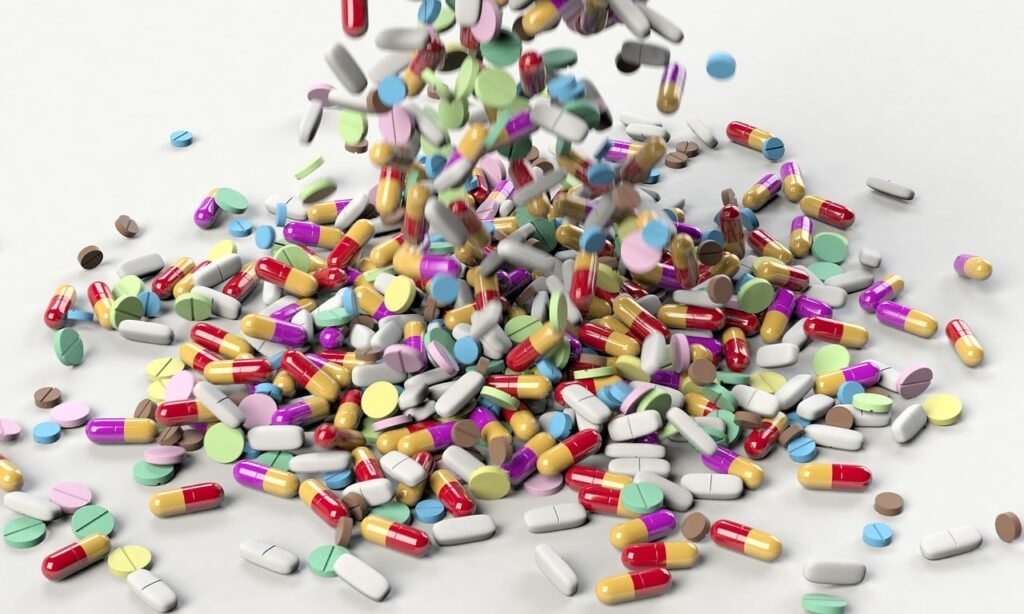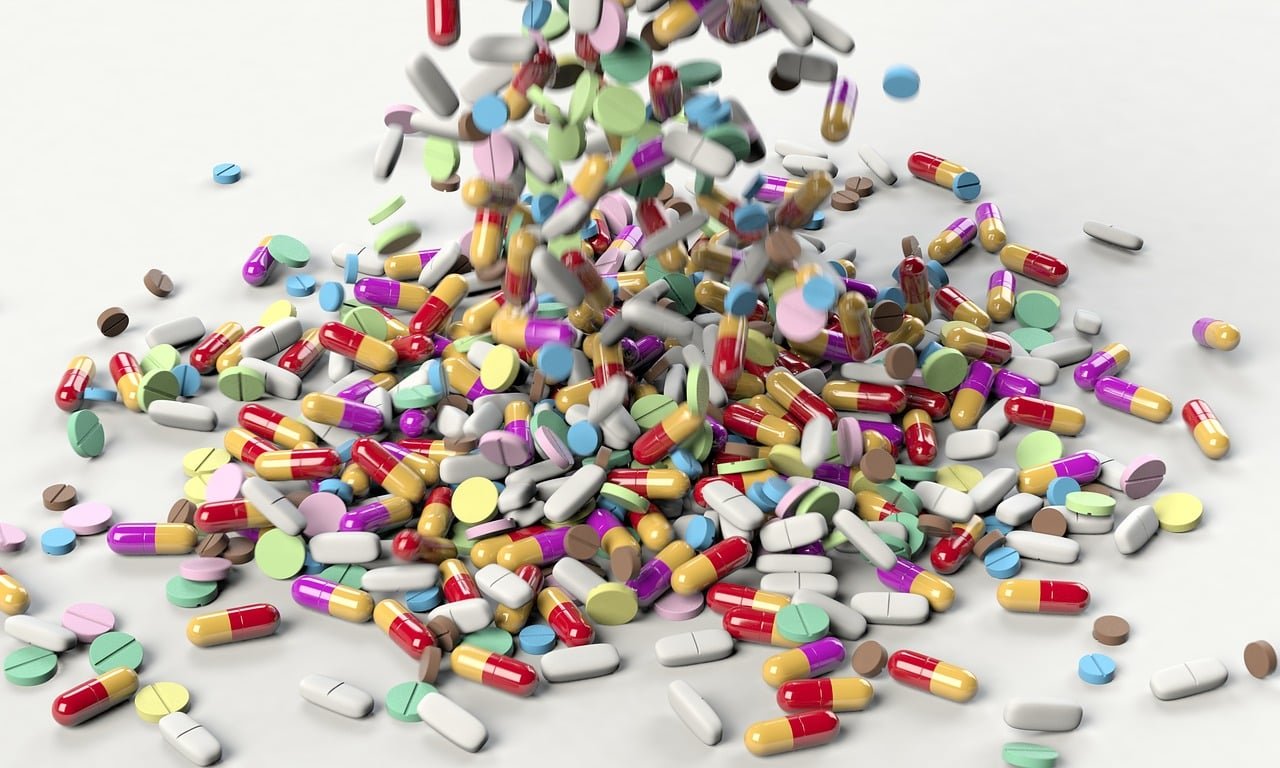ADHD Medication Guide: 7 Key Facts About Stimulants, Non-Stimulants, and Side Effects
ADHD medication is one of the most effective treatments for managing symptoms like inattention, impulsivity, and hyperactivity in both children and adults. From enhancing focus to improving behavior, the right medication can significantly boost quality of life when tailored to individual needs.
In this article, we’ll break down the two main types of ADHD medications, how they work, their benefits, potential side effects, and tips to manage treatment successfully.

💊 Types of ADHD Medications
ADHD medications fall into two primary categories: stimulants and non-stimulants. Each works differently and is prescribed based on age, symptoms, and medical history.
1. Stimulant Medications (Most Common)
Stimulants increase levels of dopamine and norepinephrine—brain chemicals responsible for focus, motivation, and self-regulation.
Popular stimulant types:
Methylphenidate-based:
- Ritalin
- Concerta
- Daytrana (patch)
Amphetamine-based:
- Adderall
- Vyvanse
- Dexedrine
2. Non-Stimulant Medications (Longer-Acting)
Non-stimulants are typically used when stimulants cause side effects or aren’t effective. They work more gradually and have a longer duration of action.
Common non-stimulants:
- Atomoxetine (Strattera): Boosts norepinephrine for better focus
- Guanfacine (Intuniv): Reduces hyperactivity and improves emotional regulation
- Clonidine (Kapvay): Often used to improve sleep and reduce impulsivity
🧠 How ADHD Medications Work
- Stimulants activate brain regions that control attention and behavior by increasing dopamine and norepinephrine.
- Non-stimulants typically adjust norepinephrine levels and target executive functioning centers in the brain.
🌟 Benefits of ADHD Medication
- Improved attention span
- Reduced impulsive behavior
- Better performance at school or work
- Calmer mood and more consistent behavior
- Enhanced self-regulation and productivity
⚠️ Common Side Effects and Safety Tips
Stimulant Side Effects:
- Decreased appetite
- Insomnia
- Faster heart rate
- Anxiety or restlessness
- Upset stomach
Non-Stimulant Side Effects:
- Fatigue or low energy
- Nausea
- Lightheadedness
- Lower blood pressure
Rare but Serious Effects:
- Mood swings or irritability
- Elevated blood pressure
- Heart rhythm changes (rare)
💡 Tip: Report persistent or severe side effects to your doctor immediately to adjust the dose or switch medications.
🧩 How to Choose the Right ADHD Medication
Choosing the right medication is a collaborative process with your healthcare provider. Key factors include:
- Age: Some drugs are approved for children; others are more suited for adults.
- Symptom Severity: Severe symptoms may need faster-acting stimulants.
- Co-existing Conditions: Anxiety, depression, or heart conditions may impact your options.
- Response to Past Treatments: Medication plans often require trial and adjustment.
🔑 Tips for Managing ADHD Medication Effectively
- Take Medication Exactly as Prescribed
- Track Progress: Log changes in symptoms, energy, and focus
- Schedule Regular Doctor Check-ins
- Combine with Therapy: Medication + behavioral therapy = best outcomes
- Don’t Skip Doses or Stop Abruptly: Always consult your provider first
📌 Frequently Asked Questions
1. Are ADHD medications addictive?
When used as prescribed, the risk is very low. Misuse increases addiction risk.
2. How quickly do ADHD meds work?
Stimulants start working within 30–60 minutes.
Non-stimulants may take 1–3 weeks for full effects.
3. Can I stop ADHD meds cold turkey?
Not safely. Always taper under medical supervision to avoid withdrawal symptoms.
Trusted NHS Resource → ADHD Treatment Overview
🧠 Final Thoughts: Personalized Care Makes All the Difference
ADHD medication isn’t one-size-fits-all. Finding the most effective treatment requires time, adjustments, and support. Whether using stimulants, non-stimulants, or a combination with therapy, the right plan can dramatically improve focus, behavior, and quality of life.
If you’re considering treatment, speak with a licensed provider to create a plan tailored to your unique needs.
📩 Want more expert ADHD insights?
👉 Check out our ADHD blog for coaching, lifestyle tips, and tools
🔑 Meta Title:
ADHD Medication: Types, Benefits, and Side Effects Explained
🔑 Meta Description:
Explore the complete guide to ADHD medications, including stimulants, non-stimulants, their benefits, side effects, and expert tips for managing treatment.
🏷 Tags:
ADHD medication, stimulants for ADHD, non-stimulants, ADHD treatment options, ADHD medication benefits, ADHD side effects, ADHD therapy, ADHD in adults, ADHD in children, guanfacine, strattera, vyvanse, adderall







